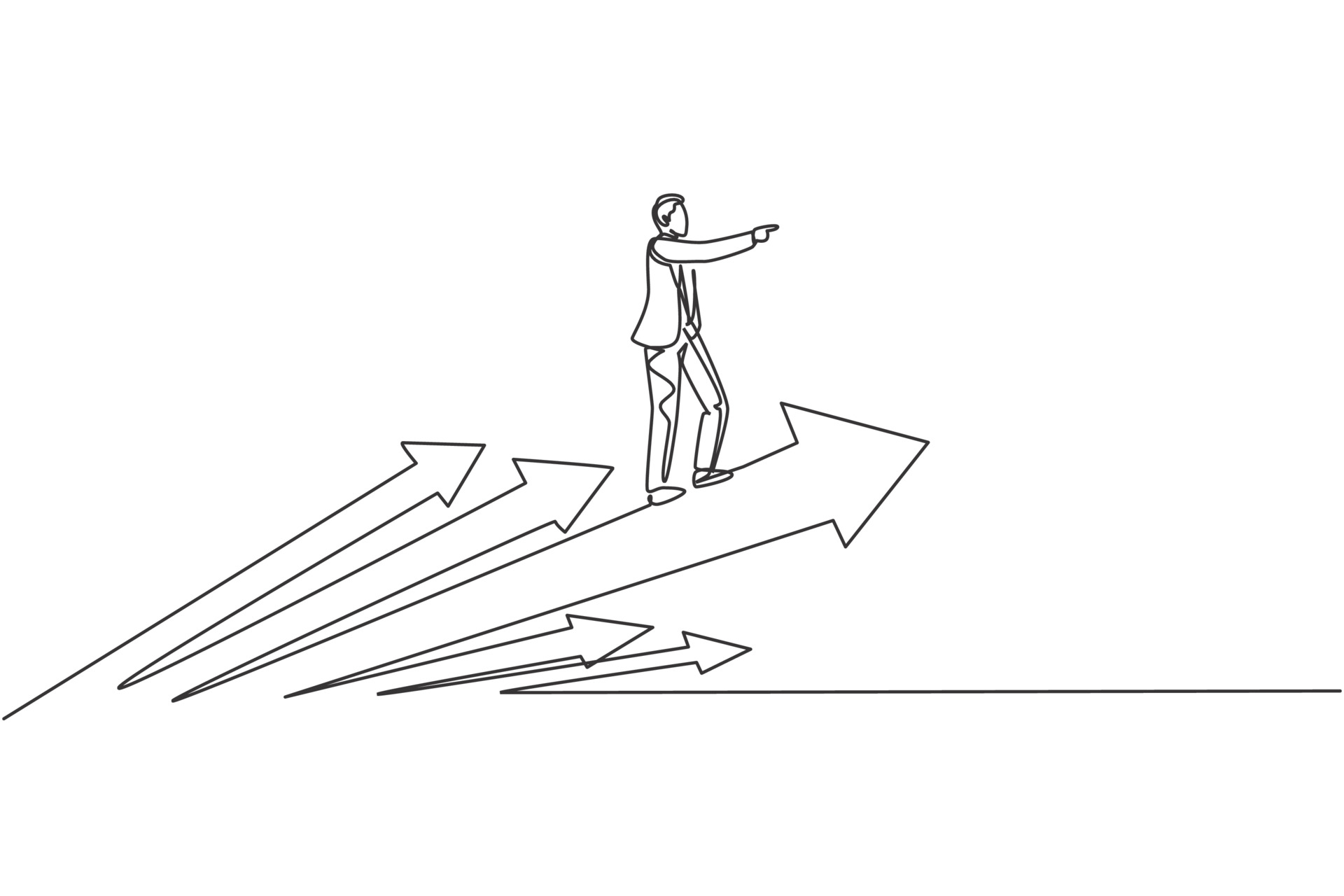There is a lot of attention now on the process improvement. I can see why: coming out of the pandemic, the businesses are growing again and it is the perfect opportunity to get rid of the old way of managing some internal processes that were only barely functioning thanks to people’s good will.
As both business and industry evolve, you may be wondering if it’s time to evolve your business practices as well.
Well, if you ask the members of Forbes Business Council, they prepared these 13 strategies just for you, to help analyzing the Operations and ensure your processes still make sense today (here):
- Imagine Doubling Your Output
- Adopt Objective And Key Results Models
- Look At It Through The Lens Of Profitability
- Go Back To Your Core Strengths
- Be Comfortable With Discomfort
- Implement A Continuous Improvement Mindset
- Communicate With Your Team
- Set Success Merit And Discussion Panels
- Ask For Suggestions
- Make Time For Feedback
- Review Your Outcomes
- Create Checks And Balance
- Focus On Trackable Accountability
I am not going in details foe each of them, the article Forbes published is really well written (I suggest you read it), still I can’t help but see a clear pattern in this list.
Points 1 to 5 are more strategy related: require you to analyze your vision, keep an open mind, work on your SWOT and on yourself.
Points 7 to 10 refer to the magic word “communication”, which is often the key in a company.
Points 11 to 13 ask you to set up a system of KPIs and use it to help you take decisions.
Point n. 6 is interesting and it is worth a deeper analysis: do you know what, why and how the Continuous Improvement works?
What is the Process Improvement
Process improvement is a methodology within Project Management, specifically in manufacturing, that helps you take in and evaluate feedback about your processes to ensure continual improvement. Its aim is to improve the efficiency and effectiveness of your business or manufacturing processes.
Why Process Improvement
The benefit of implementing a process improvement methodology as part of your management systems is that it gives you an avenue to spot and improve challenges in your processes. These challenges could be hurting your customer experience, internal production or other business goals.
Broken or inefficient processes can cost your team time and cost your business money.
By putting a process improvement method in place, you can ensure you’re always looking for these and addressing them.
You might encounter process improvement under many names, including continual improvement process (CIP), business process management (BPM) and process reengineering.
How to: Process Improvement Methodologies
Just like with project management methodologies, process improvement methodologies vary slightly in their approach to identifying, analyzing and implementing changes.
Some common process improvement methodologies include:
PDCA Cycle
The PDCA cycle is a component of many continuous improvement methodologies. Its steps include:
- Plan. Spot room for improvement, and develop a plan for change.
- Do. Implement the change on a small scale as a test (Pilot).
- Check. Look at the results of the change and determine its efficacy.
- Act. Take action depending on the results you observed
This cycle is also sometimes referred to as the Deming Cycle, after W. Edwards Deming, who developed it in the 1950s.

Just like the Lean and Agile project management methodologies that usually complement it, PDCA and continuous improvement process methodologies are iterative approaches to learning, development and improvement.
Kaizen
Kaizen is a process improvement methodology focused on continuous improvement that involves the entire company in a bottom-up strategy.
The core aim of Kaizen is to create a company culture that encourages employees at all levels to spot, suggest and implement process improvements. It pays particular attention to involving plant floor employees—in manufacturing facilities—in process improvement.
In practice, the methodology is centered on so-called Kaizen events—i.e., the action steps for process improvement. Kaizen events involve employees at all levels of the organization and include:
- Setting and stating business or project goals
- Reviewing the current process to spot room for improvement
- Implementing necessary changes
- Reviewing the changes, and fix as necessary
- Documenting and reporting results
TQM
Total Quality Management (TQM) is a similar system to Kaizen in that it aims to involve the whole company in process improvement. It takes a stronger focus on customer satisfaction than Kaizen, considering internal or external customer satisfaction the measure of success in the system.
Like Kaizen, TQM implementation follows the PDCA cycle. The TQM philosophy relies on a set of principles that include:
- Leadership commitment
- Employee engagement
- Fact-based decision-making
- Continual improvement
- Customer focus
Theory of Constraints
The theory of constraints is based on a belief that a process will always include at least one constraint that hinders efficiency and business goals—e.g., limits production.
Constraints are often equipment, policies or people (including the number of people and their mindsets or skill sets) that limit a system from producing more than it is. In other words, a constraint is a bottleneck in the process. The goal of this methodology is to identify those constraints and discover how to open up the bottleneck by breaking the constraint or adding buffers to keep it from limiting the entire system.
Implementing the theory of constraints follows these five steps:
- Identify a process’s constraint(s)
- Exploit the constraint—examine it to determine how to use it to its full capacity
- Subordinate to the constraint, or set up everything else in the system to support the best possible performance from the constraint
- Elevate the constraint by adding resources or adjusting processes to open up the bottleneck
- Repeat the process
The theory of constraints assumes there’s always at least one constraint on a process. That doesn’t mean the process is broken. Instead, it means you can always find ways to improve it to increase its efficiency and productivity. This requires constantly identifying and opening up constraints.
Do you have in your team someone who is working on Process improvement?
do you have a way to measure the efficiency and effectiveness of your processes?
If you want, I can help.



